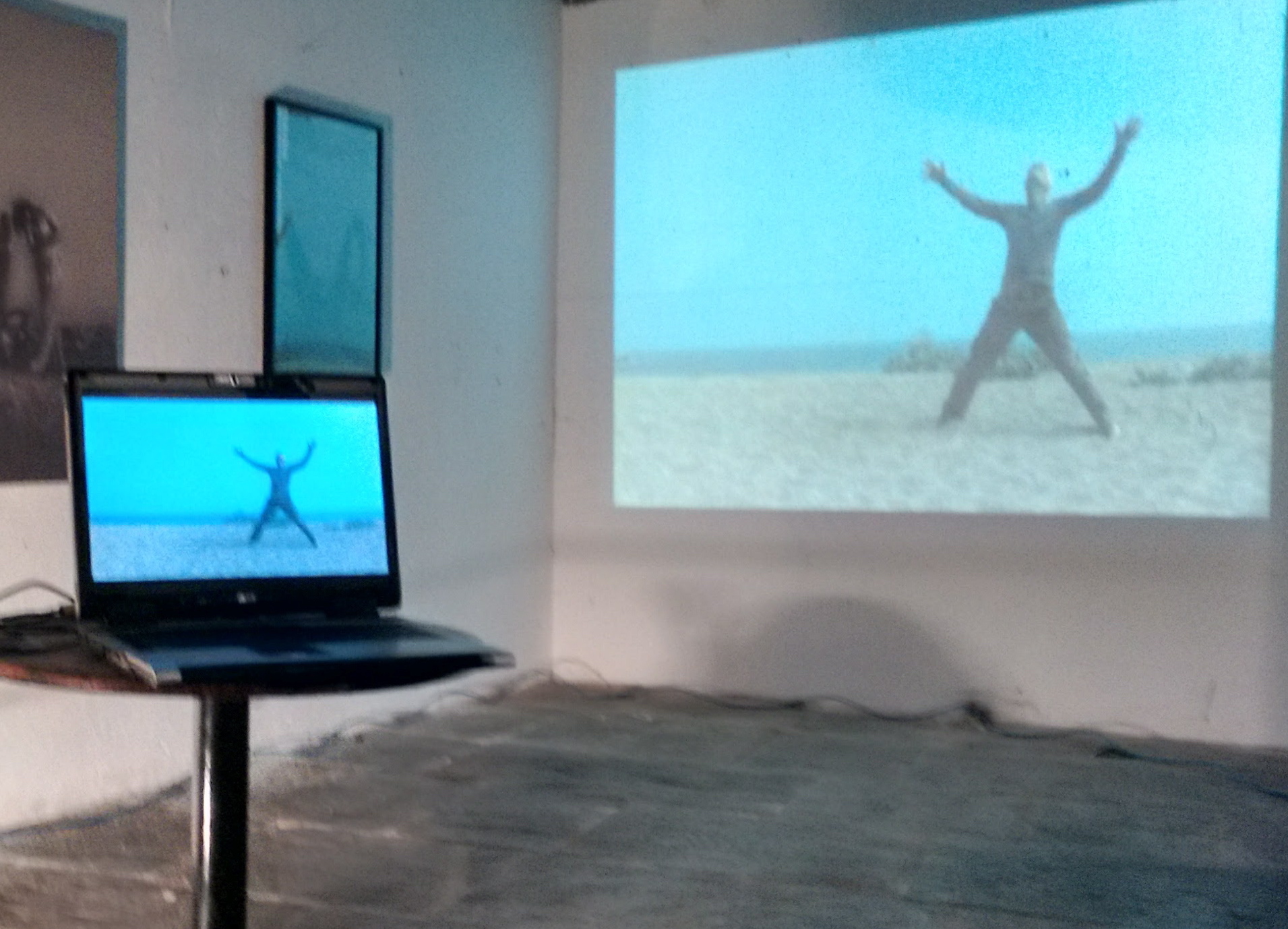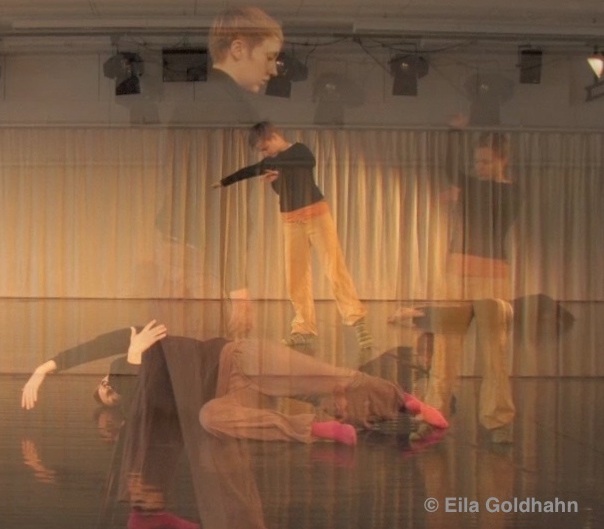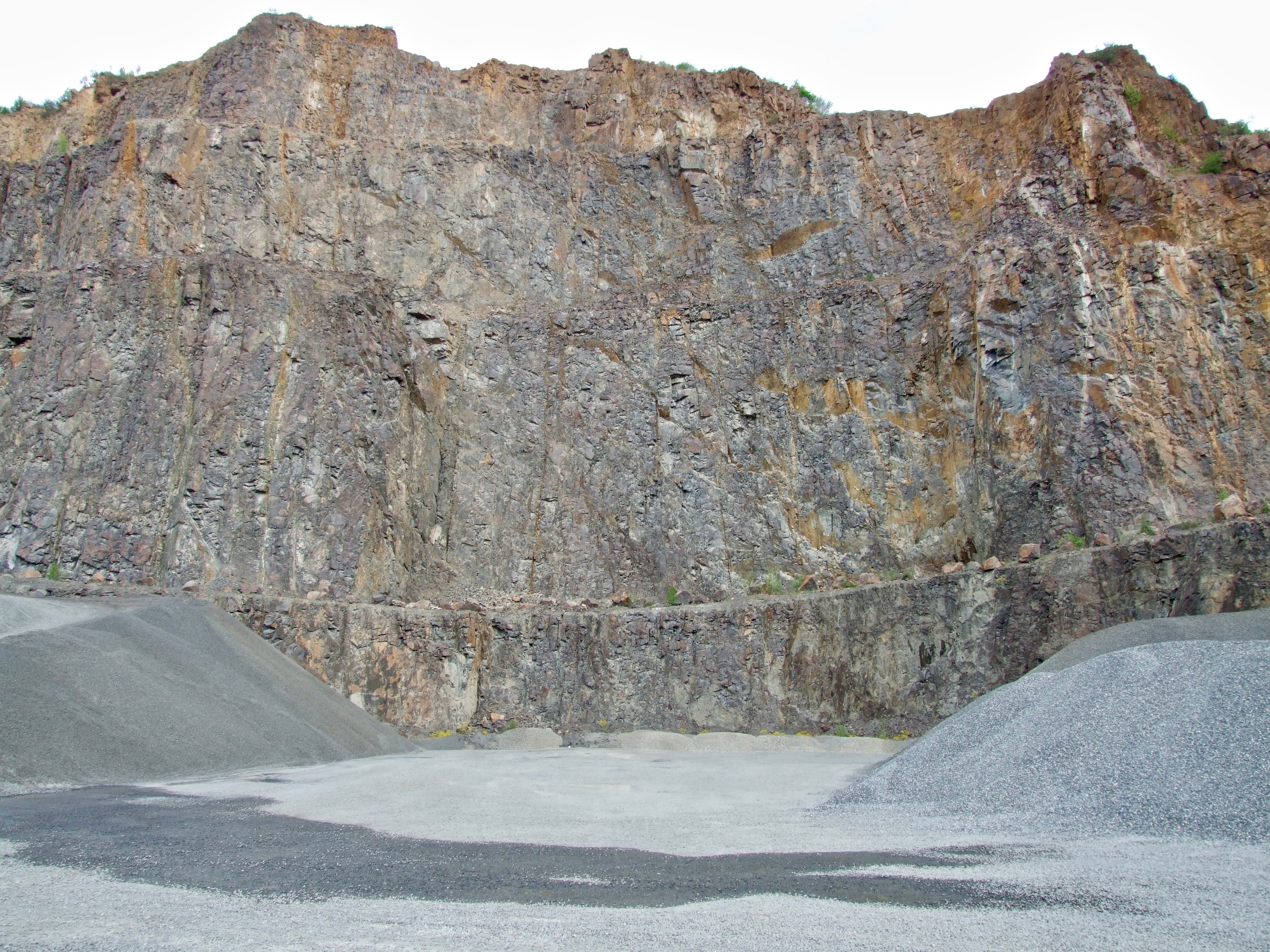Eila Goldhahn PhD
Eila Goldhahn’s practice grows from an inquiry into how art, movement and ecology shape our shared habitats — the inter-relations of body, space and environment.

She works across performance, photography, installation and movement research, exploring embodiment in dance and movement through visualisations in material form.

This arts-led research investigates how the textures of contemporary experience — including the thresholds of the Anthropocene — are revealed through material, gesture and shared attention.
Writing & Publications
Writing is a generative space where movement and observation find language. Goldhahn’s German and English texts range from academic publications to reflective essays, interwoven with the embodied and ecological inquiries and images of her artistic practice. They bridge the personal and the academic, allowing somatic experience to speak alongside theory.
Some of this work questions capitalist frameworks that commodify bodies, time, and environments, seeking instead reciprocal forms of value and attention. Writing traces how the digital-aesthetic and the physical-material converge within shared habitat, extending the creative process into language.
CURRENT PROJECTS
Anatomy of a Residency:
Architecture, Artists and Habitat(Anatomie einer Residenz: Architektur, Künstler und Kontext,working title)
This bilingual english /german book investigates Pfälzer Hof Artists Residencies as an example of artistic ecosystem — a space where architecture, intention, and community practices intersect. Combining documentary material with a literary approach, the project traces the residency’s origins and asks how artistic habitats shape the work and relationships that unfold inside them.
This bilingual english /german book investigates Pfälzer Hof Artists Residencies as an example of artistic ecosystem — a space where architecture, intention, and community practices intersect. Combining documentary material with a literary approach, the project traces the residency’s origins and asks how artistic habitats shape the work and relationships that unfold inside them.
Situated within the town’s long-standing traditions of jewellery and material knowledge, the book also examines how the town’s unique cultural landscape informs the residency’s character and the artistic exchanges it fosters.
![]() The former owner/hotelier of Pfaelzer Hof was an empassioned billiard player.
The former owner/hotelier of Pfaelzer Hof was an empassioned billiard player.
 The former owner/hotelier of Pfaelzer Hof was an empassioned billiard player.
The former owner/hotelier of Pfaelzer Hof was an empassioned billiard player.DER DARTINGTON-EROS
Von wilden schönen Gärten der Utopie und des postmodernen Tanzes
in Lettre International / 149 / Sommer 2025 / Krieg & Frieden
![]()
Von wilden schönen Gärten der Utopie und des postmodernen Tanzes
in Lettre International / 149 / Sommer 2025 / Krieg & Frieden

REFLECTIONS ON AUTHENTIC MOVEMENT
Theory, Practice and Arts-Led Research
Monograph published by Routledge / Summer 2022

“I have just finished your book! What a beautiful offering... It was clear throughout how thorough and wide your depth of thinking expanded, your reach into science and art and philosophy.”
Dr Janet Adler
Founder of the Discipline of Authentic Movement
(1941 - 2023)
read a short obituary dedicated to Janet Adler
READ REVIEWS
MoverWitness Practices

What is often referred to as Authentic Movement forms both the ground and the portal of Goldhahn’s creative practice — a discipline of embodied awareness that attends to the dialogue between mover and witness.
Yet she questions the term authentic, with its implication of an essential or universal truth. In her doctoral research (Shared Habitats , PhD, 2007) she proposed the alternative term MoverWitness practice, to emphasise the relational field of this work: an evolving process in which moving and witnessing are reciprocal acts of perception, reflection, and imagination.

Within this practice, movement arises in response to inner impulse and environmental feedback, creating bridges between embodied perception and the wider ecological and social contexts in which we move. In workshops and performances, participants engage in forms of ecological attunement where gesture, stillness, and breath reveal the subtle interconnections of our shared habitats.
Visual Art & Photography
Eila Goldhahn’s visual work extends from the same attention to presence and transformation that underpins her movement practice. Through film, photography, drawing, and site-specific installations, she trace the resonances between human and material processes — erosion, layering, reflection, growth. The work often emerges from lived encounters with particular environments, exploring how light, surface, and gesture record time and relation. These images are both documents and inquiries: ways of sensing the ecological textures of experience.


Film & Moving Image
Interest in film grows directly from photographic and movement practices — an inquiry into how stillness and duration, frame and flow, reveal the subtleties of embodied perception.
Educational films, available via Films Media Group, have been purchased by universities and training institutions worldwide for the study of Authentic Movement and embodied research. They offer both a practical and theoretical framework for exploring how the camera can extend the field of witnessing within movement practice.
Goldhahn’s films include educational explorations of MoverWitness practice and artistic movement observations made with dancers and environments. In her research, she coined the term camera-witnessing (2007)—now used by other Authentic Movement scholars—to describe filming as an act of presence rather than neutral observation. This idea, expanded in my academic paper on camera-witnessing published during the COVID period, gained new relevance as questions of mediation, attention, and embodied relation became ever more pressing.
![]() Movers in a workshop with Eila in the Dance School at Dartington Hall
Movers in a workshop with Eila in the Dance School at Dartington Hall
Whether documenting somatic practice or creating poetic studies of movement in different habitats, Goldhahn’s films approach the lens as an active participant within shared habitat, tracing gestures of relation between body, image, and environment.
Educational films, available via Films Media Group, have been purchased by universities and training institutions worldwide for the study of Authentic Movement and embodied research. They offer both a practical and theoretical framework for exploring how the camera can extend the field of witnessing within movement practice.
Goldhahn’s films include educational explorations of MoverWitness practice and artistic movement observations made with dancers and environments. In her research, she coined the term camera-witnessing (2007)—now used by other Authentic Movement scholars—to describe filming as an act of presence rather than neutral observation. This idea, expanded in my academic paper on camera-witnessing published during the COVID period, gained new relevance as questions of mediation, attention, and embodied relation became ever more pressing.
 Movers in a workshop with Eila in the Dance School at Dartington Hall
Movers in a workshop with Eila in the Dance School at Dartington Hall
Whether documenting somatic practice or creating poetic studies of movement in different habitats, Goldhahn’s films approach the lens as an active participant within shared habitat, tracing gestures of relation between body, image, and environment.